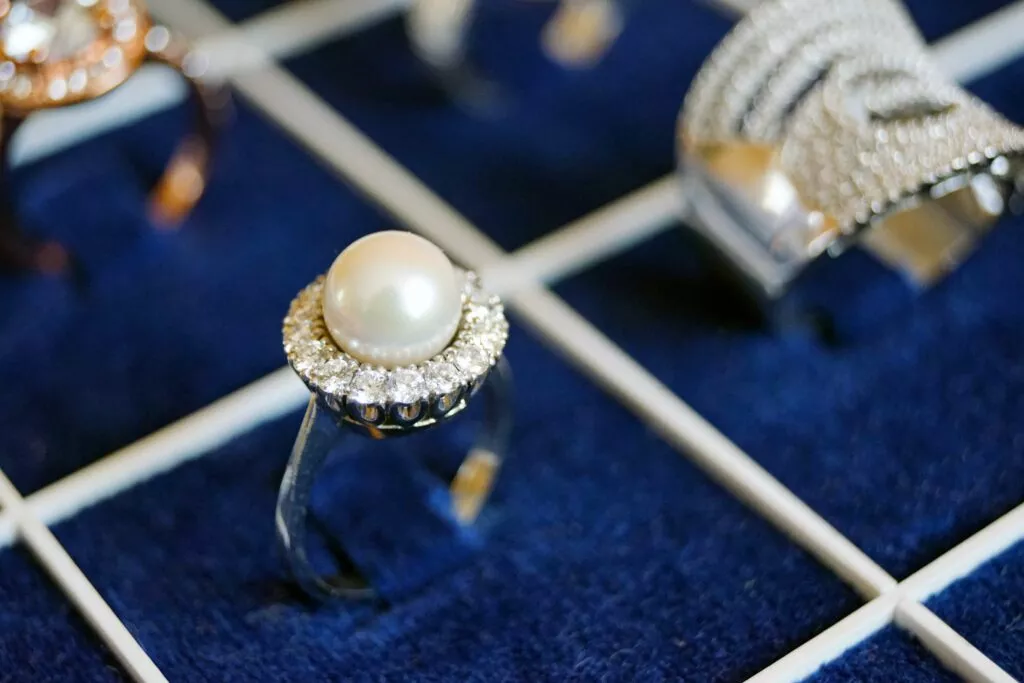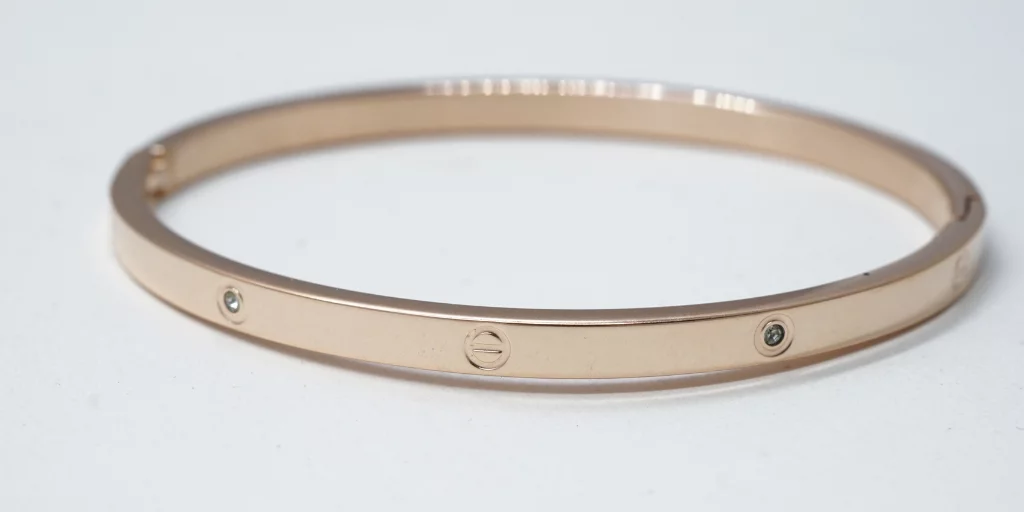Which Types of Jewelry to Keep Away from an Ultrasonic Cleaner
Written by Anna Currell
February 22, 2023

Cleaning jewelry is important to keep it looking sparkling for as long as possible. But how do you determine the best way to clean each piece? There are a variety of cleaning methods and tools you can use, and knowing how and when to use them is key. You can use a soft cloth to wipe down your jewelry daily, a steamer to get deeper, or an ultrasonic cleaner to really get into the nitty gritty. But in some cases, ultrasonic cleaners can actually damage jewelry. Let’s explore the types of jewelry you should never use with your ultrasonic cleaner:
What is an Ultrasonic Jewelry Cleaner?
Ultrasonic cleaning uses sound waves to blast dirt and other contaminants away from jewelry. The process works by generating high-frequency sound waves in a solution, such as water or a concentrated cleanser. The sound waves create microscopic bubbles that implode and produce shock waves, removing dirt, oils, and other debris from the surface of the jewelry. Ultrasonic cleaning is effective because it can penetrate small crevices and corners, removing particles that might be difficult to reach with a traditional cleaning method such as brushing or wiping. It’s also a fast method that doesn’t require harsh chemicals or solvents.
Types of Jewelry to Keep Away from an Ultrasonic Cleaner
The shock waves and high-frequency vibrations of ultrasonic cleaning can damage some materials, so it’s important to be aware of which jewelry to keep away from ultrasonic cleaners. Let's take a look at the different types of jewelry that aren’t safe to clean with an ultrasonic cleaner.

An emerald ring with two white topaz shoulders
Soft Gemstones
As a general rule, if a gemstone is softer, you shouldn’t use an ultrasonic cleaner on it. You can learn about gemstone durability through the Mohs hardness scale, which ranks each stone on a scale from 1 (the softest gemstone) to 10 indicates (the hardest). Softer gemstones and organic materials with a lower ranking likely won’t be able to withstand the intensity of an ultrasonic cleaner; the vibrations can cause the gemstones to chip, crack, or even break. Some soft gemstones can also be affected by the cleaning solution used in the ultrasonic cleaner, which can cause discoloration or other forms of damage. So to clean softer gemstones, pearls, etc, it’s best to consult a professional jeweler.
In addition, gems with special surface layers are more likely to sustain damage in an ultrasonic cleaner — for example, gems like emeralds, opals, and lapis are often treated with a coating of oil, plastic, or wax that can crack or erode in an ultrasonic cleaner.
You should be cautious with any jewelry that features gemstones, but the following gems can be particularly soft or brittle, or tend to be specially treated, making them unsuitable for ultrasonic cleaners:
| Amber | Carnelian | Coral | Emerald |
| Ivory | Kunzite | Lapis | Moonstone |
| Onyx | Opal | Pearl | Peridot |
| Tanzanite | Topaz | Turquoise | Zircon |
Metal-Plated Jewelry
Most pure and precious metals should be okay in an ultrasonic cleaner, but there are a few types of metals you should keep away no matter what. For example, avoid putting tungsten or any metal-plated pieces in an ultrasonic cleaner. The layer of plated metal on the surface of these pieces can erode with the intensity of the ultrasonic cleaner. Instead, use a soft cloth or water with a gentle soap solution to clean metal-plated jewelry.

Any Delicate or Fragile Pieces
You should also avoid using an ultrasonic cleaner for jewelry items that are oxidized, antique, porous, or have any loose stones, since these items can be fragile or delicate. It’s important to note that every piece of jewelry is different, and you’ll never have a guarantee about how one will react to an ultrasonic cleaner. It’s always best to consult a professional jeweler if you’re unsure.
How Do I Know What My Jewelry is Made Of?
If you’re not exactly sure what your jewelry is made of, you have a few options. First, take a look at the stamps on the metal. If you find the letters “GP” or “SP”, that means that the piece is gold-plated or silver-plated. If your metal is stamped with something like 14K, 18K, or 24K, that means that the jewelry is made of gold, and the numbers indicate the karat count. If your jewelry is marked with 925, that means your jewelry is sterling silver, which is pure silver through and through. If your jewelry isn’t stamped, you can have a professional jeweler perform a metal test to get an accurate idea of what metal is present in your jewelry and whether it's plated or not.

An Artcarved ring that clearly indicates it's made from 14k yellow gold.
If you're not sure exactly what kind of gemstone is in your piece, start with an online search. While this isn’t a foolproof method, a little due diligence can give you a better sense of the type of gemstone your jewelry contains. For the final answer, have a jeweler conduct an appraisal to provide details like gem type, cut, clarity, and value. It’s always helpful to gain more information about your jewelry before putting it through any type of cleaning process.
Unsure if your jewelry can be put into an ultrasonic cleaner? We can help! Our expert jewelers can provide you with a metal test or an appraisal to find out more about your jewelry, or they can give your jewelry the complete spa experience so you don’t have to lift a finger.


